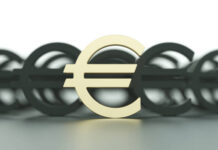Despite high inflation and rapidly increasing interest rates right now, we in this paper argue that many of the structural factors that explain the decline in natural interest rates since the 1970s are still in place.
The natural rate is a theoretical concept and is defined as the real interest rate consistent with maintaining economic growth at its trend rate/full employment with stable inflation.
Key structural factors that have pushed down the natural interest are: Increasing life expectancy, slowly growing or decreasing working age population, lower productivity growth, higher mark-ups and risk premia, a shock from the financial crisis and higher inequality.
These structural drivers have led to a situation where an increase in savings and a decrease in investments have been driving lower natural rates for a long time now, also leading to lower trend growth.
The Nordics are mainly natural rate takers; what constitutes a natural real rate in the Nordics is primarily driven by international factors.
What could change the natural rate? Increased fiscal spending and investments in defence, the green transition and digitalisation could raise potential growth and exert upward pressure on neutral rates going forward.
In net, we expect the desire to save still to dominate the desire to invest going forward. We do not see any of the significant structural drivers reverting during the coming years, but think that higher and increasing public debt and possibly higher productivity growth could add some upwards pressure on natural rates.
If we are right, this would imply that rates decline again after the current period of high inflation ends, although not all the way back to pre-pandemic levels.













